5 Best Chondromalacia Patella Exercises
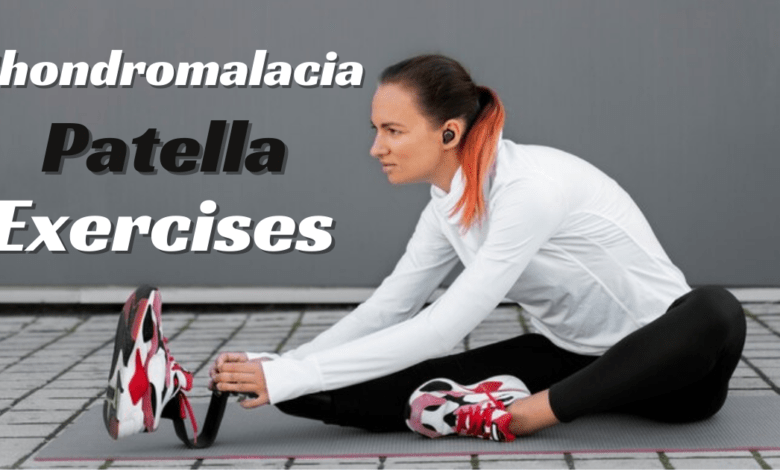
Chondromalacia patella exercises, commonly known as “runner’s knee,” is a condition characterized by the softening and degeneration of the cartilage on the underside of the patella (kneecap). While it can be a frustrating condition to manage, incorporating specific exercises into your routine can play a crucial role in alleviating symptoms and improving overall knee health.
Introduction to Chondromalacia Patella
Chondromalacia patella is a medical disorder that affects the knee joint, specifically the kneecap (patella) and the groove where it sits. It is distinguished by softness and degeneration of the cartilage on the underside of the patella. This degradation can cause pain, swelling, and trouble moving, particularly during tasks that require bending the knee, such as climbing stairs, kneeling, or squatting.
Chondromalacia patella is often known as “runner’s knee” because it frequently affects those who engage in activities that place repetitive stress on the knee joint, such as running, leaping, or cycling. However, it can occur in persons who are not active athletes as a result of genetics, muscular imbalances, or knee damage.
The symptoms of chondromalacia patella range from minor discomfort to severe pain, depending on the level of cartilage destruction and individual characteristics. Common symptoms include pain around or behind the kneecap, particularly when bending or straightening the knee, swelling or inflammation in the knee joint, a grinding or clicking sensation (crepitus) during knee movement, and knee weakness or instability.
Importance of Exercises for Chondromalacia Patella
Exercises are critical in the management of chondromalacia patella, providing numerous key benefits for patients with this condition:
- Strengthening Muscles: Exercises targeting quadriceps, hamstrings, and glutes improve stability and support for the knee joint.These exercises alleviate stress on the patella and surrounding structures, reducing pain and discomfort.
- Improving Flexibility: Stretching exercises reduce tension and pressure on the patella, improving joint mobility and range of motion.
- Correcting Biomechanical Imbalances: Specific exercises can target biomechanical issues like muscle weakness or tightness, poor alignment, or faulty movement patterns.
- Enhancing Proprioception and Balance: Exercises that challenge balance and proprioception improve neuromuscular control and reduce the risk of falls or further injury.
- Promoting Rehabilitation and Recovery: Consistent participation in exercises promotes tissue healing, strengthens muscles, and improves functional outcomes.
- Preventing Recurrence: Regular exercise helps maintain strength, flexibility, and overall knee health, reducing the likelihood of chondromalacia patella recurrence or related knee problems.
Overall, exercise is essential for people with chondromalacia patella because it improves muscular strength and flexibility, corrects biomechanical imbalances, improves balance and proprioception, promotes rehabilitation and recovery, and prevents symptoms from recurring.
How Can You Prevent Chondromalacia Patella?
Preventing chondromalacia patella entails taking certain steps to lower the likelihood of acquiring the condition or experiencing a recurrence. Here are some ways to prevent chondromalacia patella:
- Maintain a healthy weight: Balanced diet and regular exercise can reduce the risk of chondromalacia patella.
- Strengthen muscles around the knee: Exercises for quadriceps, hamstrings, and gluteal muscles can improve knee joint stability and reduce injury risk.
- Stretch regularly: Regular stretching can improve flexibility and reduce tension in tight muscles, promoting optimal knee function.
- Use supportive footwear: Properly fitting footwear distributes weight evenly and reduces knee stress during activities.
- Warm-up and cool down: Warm-ups prepare muscles and joints for exercise, while cooling down with gentle stretching exercises prevent muscle tightness.
- Gradually increase activity intensity: Avoid sudden increases to minimize risk of injury.
- Modify activities: High-impact activities may need to be replaced with low-impact alternatives.
- Listen to your body: Pay attention to signs of knee pain and consult a healthcare professional for appropriate management.
By adopting these preventive steps into your daily routine, you can lower your risk of developing chondromalacia patella and maintain overall knee health and function.
Chondromalacia Patella Exercises
Straight Leg Raise
The straight leg raise is a basic yet effective exercise for strengthening the quadriceps muscles, which help to stabilize the knee joint. It is frequently used as part of rehabilitation regimens for a variety of knee disorders, including chondromalacia patella.
Step-By-Step Guide:
- Start by lying down on a flat surface with straight legs and comfortable arms.
- Engage core muscles to stabilize lower back and pelvis.
- Bend one knee while keeping the other leg straight.
- Slowly lift the straight leg off the surface, keeping it parallel to the bent knee.
- Control the movement, focusing on engaging quadriceps muscles.
- Hold and lower the leg, keeping the movement smooth and controlled.
- Repeat on the other side after completing desired repetitions.
- Start with a few repetitions on each leg, gradually increase as tolerated.
- Breathe naturally throughout the exercise.
- Monitor form and technique, ensuring the lower back remains flat against the surface.
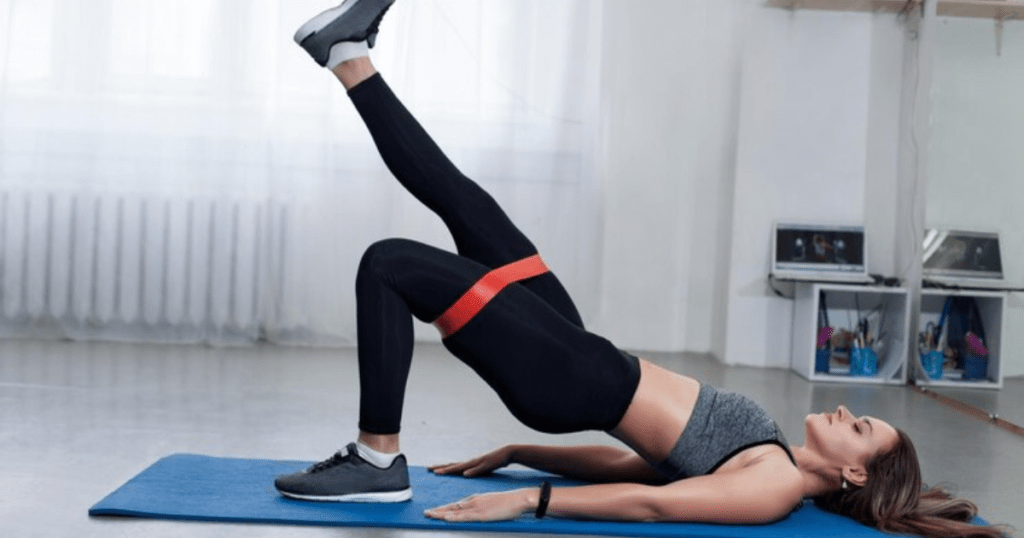
Side Lying Leg Raise
The side lying leg raise is a basic bodyweight exercise that can be done almost anywhere with enough room to lie down comfortably. It requires no equipment, making it a viable alternative for people of any fitness level. This exercise promotes hip strength and stability, which can lead to better posture, a lower chance of injury, and improved performance in a variety of activities.
Step-By-Step Guide:
- Lie on your side on a cushioned workout mat or flat surface. You can use a folded towel or cushion to support your head if necessary.
- Extend your legs completely and stack them on top of one another. Align your body such that your hips, shoulders, and feet form a straight line.
- Rest your head on your lower arm for support, or rest your lower hand on the floor in front of your chest for more stability.
- Engage your core muscles to keep your torso stable and in perfect alignment throughout the workout.
- While keeping your upper leg straight, steadily raise it toward the ceiling as high as you can comfortably while maintaining control and not turning your body.
- Pause briefly at the top of the movement before carefully lowering your leg back to its starting position.
- Repeat the action for the appropriate amount of repetitions, then swap sides and repeat the same number of times with the opposing leg.
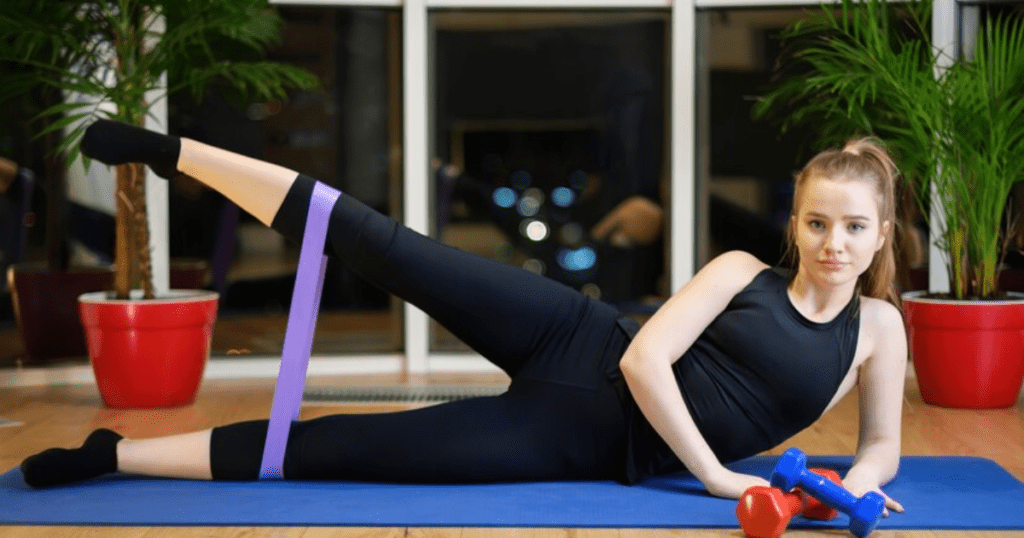
Clamshell
The clamshell exercise is a common strength training exercise that works the hip muscles, namely the gluteus medius and gluteus minimus. It is frequently used to improve hip stability, avoid injury, and increase total lower-body strength. Here’s a step-by-step guide for performing the clamshell exercise.
Step-By-Step Guide:
- Begin by lying on your side on a comfortable surface.
- Align your body with hips, knees, and ankles in a straight line.
- Bend your knees to approximately 45 degrees, keeping feet together.
- Perform the clamshell movement by lifting your top knee away from the bottom knee.
- Continue lifting until you feel a gentle contraction in your hip muscles.
- Hold the position for a moment to maximize muscle activation.
- Slowly lower your top knee back down to meet the bottom knee, closing the clamshell.
- Repeat the exercise on the opposite side after completing the desired number of repetitions.
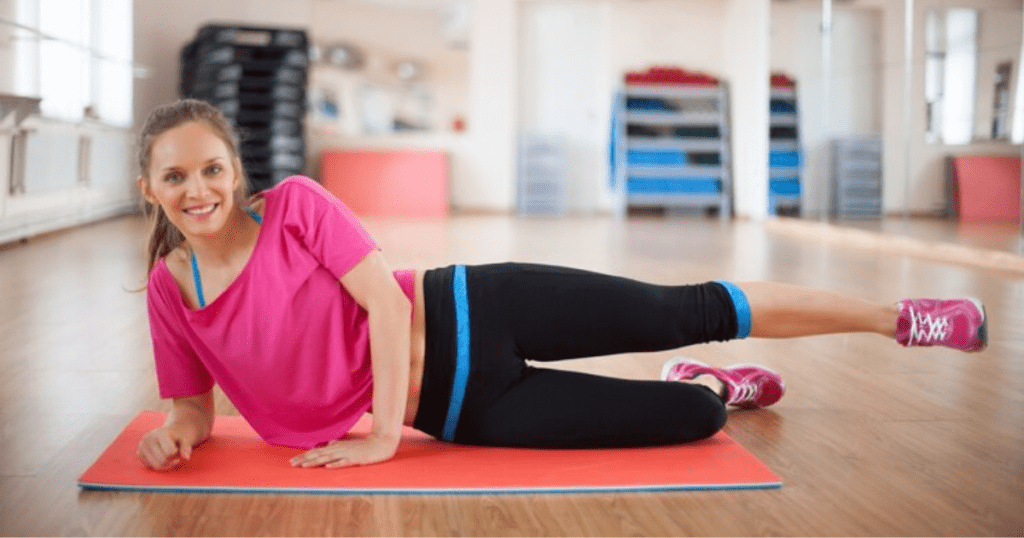
Hip Extension Leg Raises
Hip extension leg raises are an excellent exercise for working the gluteal muscles (particularly the gluteus maximus) and hamstrings. This exercise strengthens the muscles involved in hip extension, which is required for activities such as walking, running, and climbing stairs. Hip extension leg lifts can also increase lower-body strength and stability.
Step-By-Step Guide:
- Start by lying face down on a comfortable surface.
- Extend legs fully and keep arms relaxed.
- Engage core muscles for spine and pelvis stability.
- Bend elbows and place hands under forehead or chin for support.
- Squeeze glutes and lift one leg off the ground.
- Lift leg as high as possible, aiming for full range of motion without compromising form.
- Hold the lifted position briefly, maintaining gluteal and hamstring muscle tension.
- Slowly lower leg back to the starting position.
- Repeat the exercise for desired number of repetitions on one leg before switching to the other.
- Perform exercise in a smooth, controlled manner, avoiding sudden movements or excessive arching.
- Aim for 2-3 sets of 10-15 repetitions per leg, gradually increasing as strength and comfort increase.
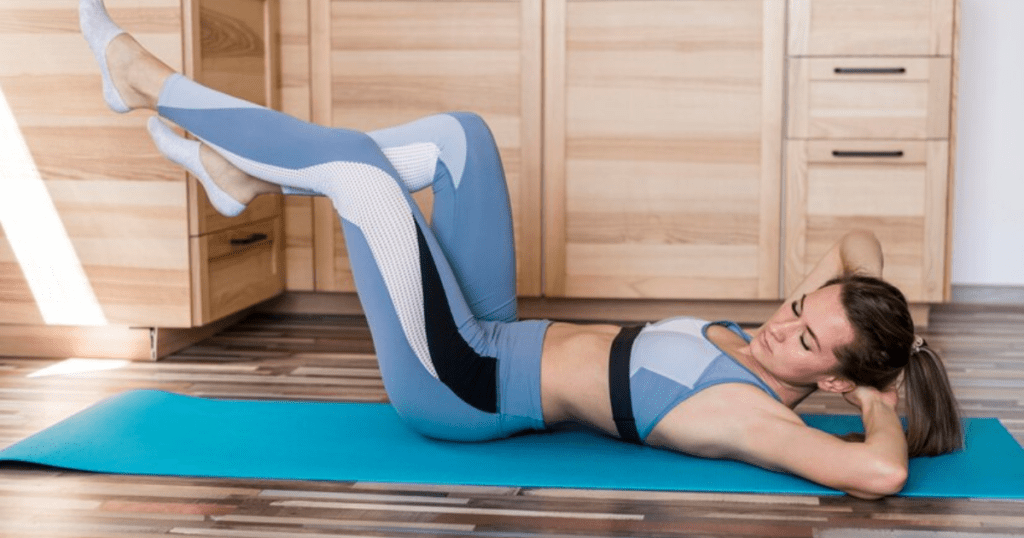
Semi Squat
A semi-squat, also called a half squat, is a lower-body exercise that works the quadriceps, hamstrings, glutes, and calf muscles. It is a modified version of the standard squat exercise that is appropriate for people who have knee problems or limits but wish to improve their lower body muscles.
Step-By-Step Guide:
- Stand with your feet shoulder-width apart and toes pointing slightly outward. Maintain a straight back, an upright chest, and relaxed shoulders.
- Pull your belly button forward toward your spine to engage your core muscles. This will help keep your torso stable during the activity
- Begin the action by bending your knees and lowering your hips, as if you were reclining back in a chair. Maintain an even weight distribution throughout your feet, with your heels bearing the majority of the weight.
- Lower your body until your thighs are nearly parallel to the ground, or as far as is comfortable without creating discomfort or pain in your knees. As you sink down, make sure your knees don’t extend past your toes.
- Pause briefly at the bottom of the exercise, then exhale and push your heels back to the starting position. As you climb back up, keep your knees aligned with your toes.
- Repeat the movement for the required number of times, maintaining controlled and smooth movements throughout.
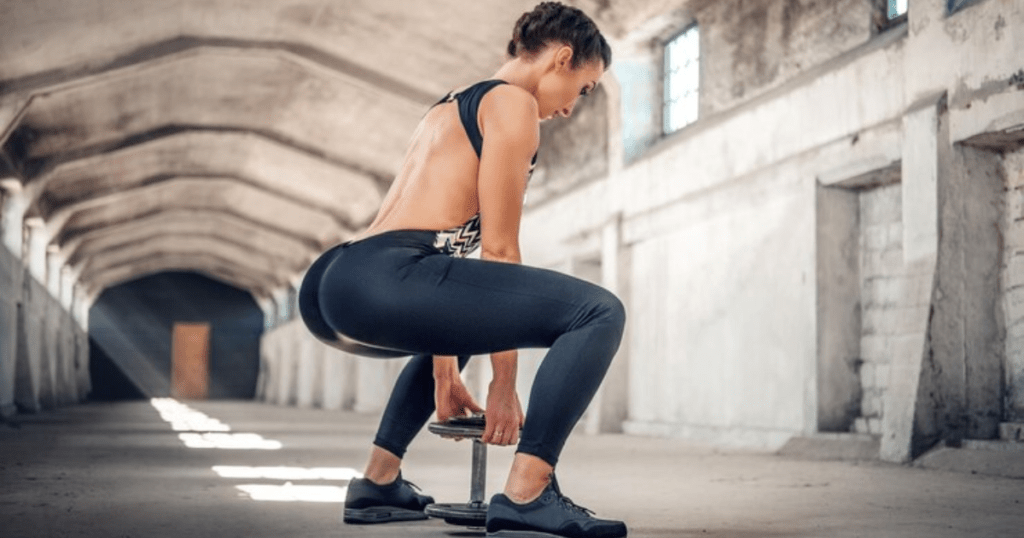
Precautions Before Starting Exercises
Before beginning any exercise program, take the following steps to safeguard your safety and enhance the effectiveness of your activities. Here are some measures to take when starting a fitness routine:
- Consult with a healthcare professional: Prior to starting any exercise program, consult with a healthcare professional for personalized guidance.
- Start slowly and gradually: Start with a gradual increase in intensity, duration, and frequency of workouts to prevent injury.
- Listen to your body: Pay attention to your body’s feelings during and after exercise. If you experience pain, stop the activity immediately and consult a healthcare professional.
- Warm-up and cool down: Begin workouts with a proper warm-up to prepare muscles and joints. End workouts with a cool-down to prevent stiffness and soreness.
- Use proper form and technique: Work with a certified personal trainer or physical therapist to learn proper form.
- Stay hydrated and fuel your body: Drink plenty of water before, during, and after exercise. Fuel your body with a balanced diet.
- Wear appropriate attire and footwear: Choose comfortable, breathable clothing and supportive athletic shoes.
- Be mindful of your surroundings: Be aware of potential hazards and exercise caution when using equipment or performing exercises in unfamiliar environments.
By following these measures before beginning an exercise program, you can lower your chance of injury and have a safe and pleasurable experience while working toward your fitness objectives.
Safe Exercises For Chondromalacia Pain
Individuals with chondromalacia patella pain should choose workouts that strengthen the muscles around the knee without worsening symptoms. Here are some safe workouts that can help with chondromalacia pain:
- Straight leg raises: Lift one leg off the ground and lower it back down.
- Quadriceps sets: Tighten the front of the thigh muscles and hold for a few seconds.
- Clamshells: Lift the top knee towards the ceiling and lower it back down.
- Seated hamstring stretch: Lean forward from the hips until a gentle stretch in the back of the extended leg is felt.
- Wall squats: Stand with back against a wall and feet hip-width apart. Slide down the wall into a squat position.
- Water exercises: Swimming or water aerobics are gentle on the knees and reduce joint stress.
- Stationary cycling: Cycling on a stationary bike with proper seat height and resistance settings strengthens knee muscles.
- Leg press machine: Use a leg press machine with light to moderate resistance to strengthen quadriceps and hamstrings.
Other Effective Exercises for Chondromalacia Patella
Quadriceps Strengthening Exercises
Strengthening the quadriceps muscles is critical for knee joint stability and lowering stress on the patellofemoral joint. Leg extensions, squats, and lunges are all workouts that strengthen the quadriceps.
Hamstring Stretching Exercises
Tight hamstrings can increase pressure on the knee joint. Incorporating hamstring stretching exercises into your routine will help you increase flexibility and reduce muscle strain.
Gluteal Strengthening Exercises
Weak gluteal muscles can cause poor hip and knee alignment, which contributes to chondromalacia patella. Hip bridges, clamshells, and lateral leg lifts are exercises that can strengthen the glutes and enhance general hip stability.
Patellar Mobilization Exercises
Patellar mobilization exercises aim to improve patellar tracking and relieve pain caused by chondromalacia patella. These exercises frequently include moderate manipulation of the kneecap to promote correct movement.
Low-Impact Cardiovascular Exercises
Low-impact cardiovascular activities are ideal for people who want to increase their cardiovascular fitness without placing too much stress on their joints. These exercises are easy on the body and might be especially good for people who have disorders like chondromalacia patella. Below are some low-impact cardiovascular activities to consider:
- Walking: A simple, effective, and versatile exercise suitable for all fitness levels.
- Swimming: Offers a full-body workout with minimal joint stress due to water’s buoyancy.
- Cycling: Strengthens lower body muscles and minimizes joint stress.
- Elliptical Training: mimics natural walking or running movements without jarring joint impact.
- Rowing: Strengthens arms, legs, and core muscles while improving cardiovascular fitness.
- Cross-Country Skiing: Engages multiple muscle groups and provides a challenging cardiovascular workout.
- Tai Chi: Improves balance, flexibility, and cardiovascular health without joint stress.
- Dancing: Enhances coordination and rhythm, providing an enjoyable cardiovascular workout.
When performing low-impact cardiovascular activities, it is critical to begin softly and gradually increase the intensity and time as tolerated. It’s also critical to listen to your body and avoid any activities that bring pain or discomfort. If you have any worries or underlying health conditions, speak with a doctor before beginning a new workout regimen.
Tips for Performing Exercises Safely
To perform activities safely for chondromalacia patella, take particular steps to reduce tension on the knee joint and prevent symptoms from worsening. Here are some guidelines for safely practicing workouts for chondromalacia patella:
- Warm up: Begin with a thorough warm-up to prepare muscles and joints.
- Focus on proper form: Maintain good posture and technique throughout each exercise.
- Start with low-impact exercises: Begin with gentle exercises like swimming, cycling, or walking. Gradually progress to more challenging exercises as strength and fitness levels improve.
- Avoid high-impact activities: Minimize or avoid activities involving jumping, running, or sudden changes in direction.
- Use appropriate equipment: Adjust settings as needed for comfort and safety.
- Modify exercises as needed: If certain exercises cause pain or discomfort, consider alternative movements.
- Listen to your body: Adjust your routine accordingly and consult with a healthcare professional if you experience pain, swelling, or increased discomfort.
- Incorporate rest and recovery: Allow adequate time for rest and recovery between exercise sessions.
- Stay hydrated and nourished: Drink plenty of water before, during, and after exercise.
- Consult with a healthcare professional: For personalized guidance and recommendations.
Following these suggestions and guidelines will allow you to safely undertake chondromalacia patella exercises and efficiently manage symptoms while improving strength, flexibility, and overall knee health.
Read More: 7 Best TRX Shoulder Exercises
Conclusion
For those with chondromalacia patella, incorporating targeted workouts into a comprehensive therapy plan can considerably improve their symptoms and functional outcomes. Individuals who focus on strengthening, flexibility, cardiovascular fitness, neuromuscular control, and balance can effectively manage their disease and maintain ideal knee health.
Frequently Asked Questions
What are the Chondromalacia Patella Exercises?
Chondromalacia patella exercises are specific motions and stretches that assist strengthen and stabilize the muscles surrounding your knee, particularly those that support your kneecap. These exercises can help you relieve discomfort, increase flexibility, and strengthen your knees, which is especially helpful if you have chondromalacia patella.
Why Should I Perform Chondromalacia Patella Exercises?
Think of these exercises as superheroes for your knees! They can help you feel less pain, walk about more comfortably, and perhaps prevent additional damage to your knee joint. Furthermore, they are an excellent way to maintain muscle strength and fitness, which is beneficial to your entire well-being.
Can anyone perform Chondromalacia Patella exercises?
Most people can perform these exercises, but it’s always a good idea to consult with a doctor or physical therapist beforehand, especially if you have a knee issue such as chondromalacia patella. They may provide you tailored coaching and ensure that you are performing the exercises safely and successfully.
Can you give some examples of Chondromalacia Patella exercises?
There are numerous exercises you can do, including leg lifts, squats, lunges, and moderate stretches for your thigh and calf muscles. It’s also vital to build your core muscles, such as your abdomen and lower back, because they also support your knees.
How often should I perform Chondromalacia Patella exercises?
You don’t have to spend hours upon hours exercising each day. Just a few minutes of mild exercise a few times each week can make a significant effect. Listen to your body and take it slowly. If you experience any pain or discomfort while performing the exercises, stop and take a break. Remember that slow and steady is the key to keeping your knees happy and healthy!
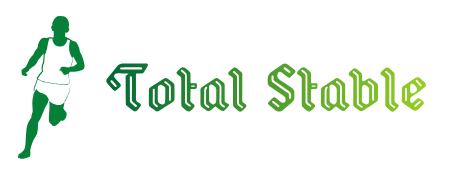
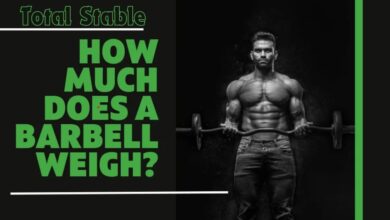

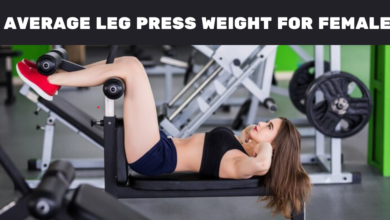
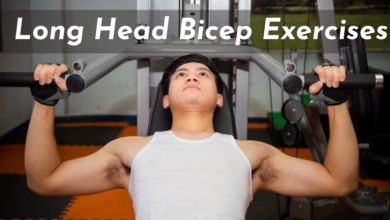
Your article helped me a lot, is there any more related content? Thanks!
Your article helped me a lot, is there any more related content? Thanks!
Thank you for your sharing. I am worried that I lack creative ideas. It is your article that makes me full of hope. Thank you. But, I have a question, can you help me?
This web site is really a walk-through for all of the info you wanted about this and didn’t know who to ask. Glimpse here, and you’ll definitely discover it.